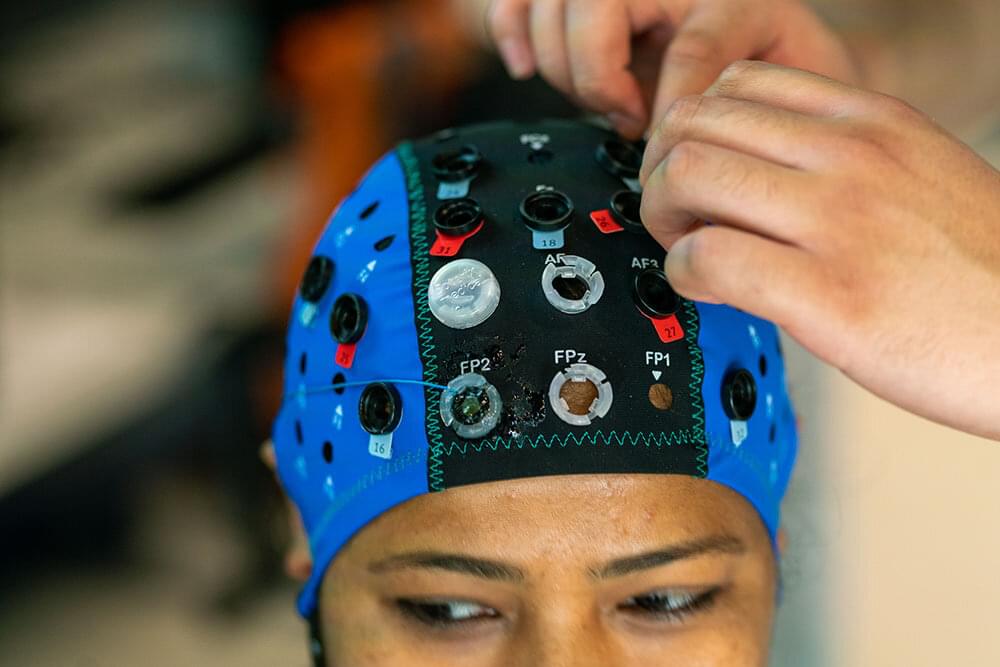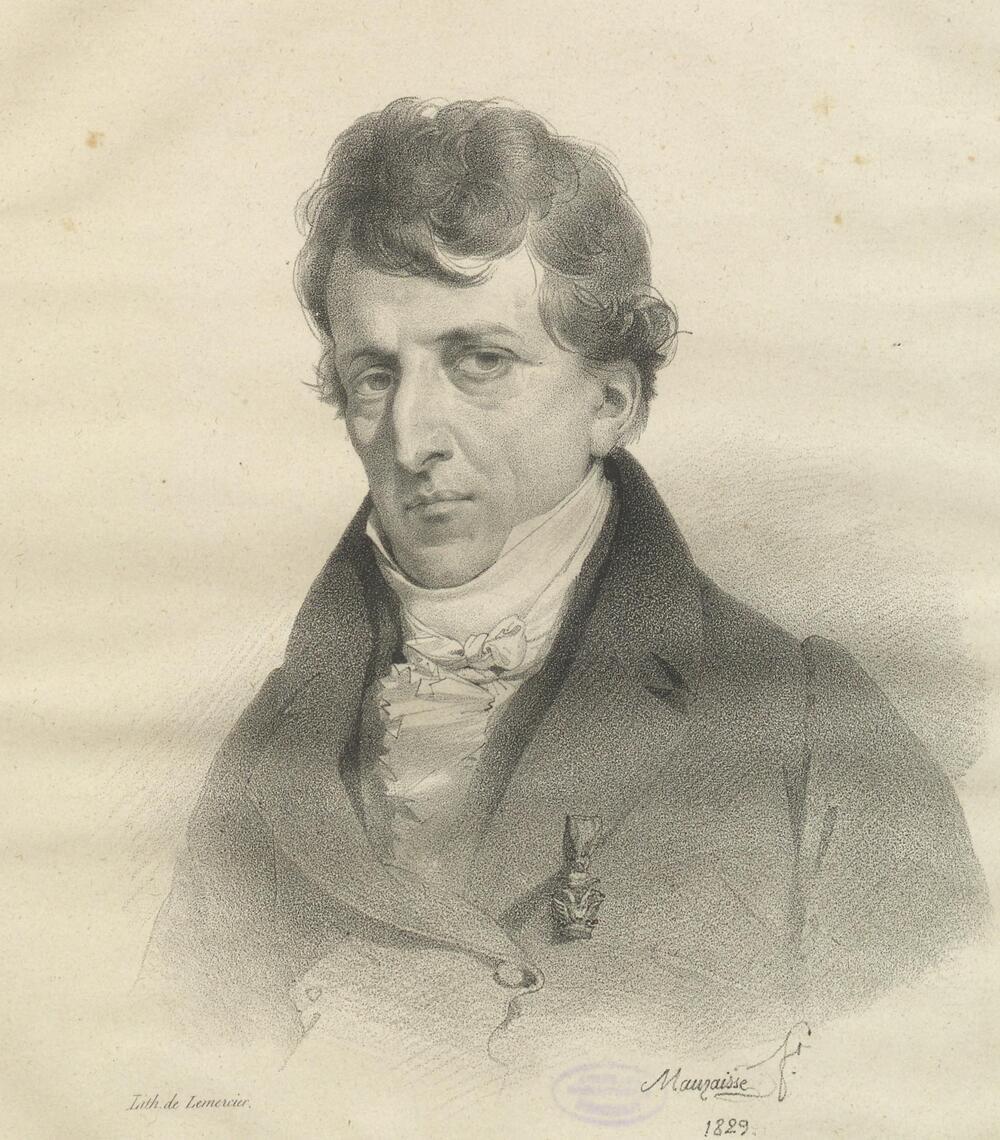Category: futurism – Page 609

Tracking trust in human-robot work interactions
The future of work is here.
As industries begin to see humans working closely with robots, there’s a need to ensure that the relationship is effective, smooth and beneficial to humans. Robot trustworthiness and humans’ willingness to trust robot behavior are vital to this working relationship. However, capturing human trust levels can be difficult due to subjectivity, a challenge researchers in the Wm Michael Barnes ‘64 Department of Industrial and Systems Engineering at Texas A&M University aim to solve.
Dr. Ranjana Mehta, associate professor and director of the NeuroErgonomics Lab, said her lab’s human-autonomy trust research stemmed from a series of projects on human-robot interactions in safety-critical work domains.

Flowers for Algernon — science fiction by Daniel Keyes (Audiobook)
Is a science fiction short story and subsequent novel written by Daniel Keyes.
Ted Chiang Understand Audiobook
Sci fiction Audiobooks Ted Chiang Understand.



Just like humans, more intelligent jays have greater self-control
A study has found that Eurasian jays can pass a version of the ‘marshmallow test’—and those with the greatest self-control also score the highest on intelligence tests.
This is the first evidence of a link between self-control and intelligence in birds.
Self-control—the ability to resist temptation in favor of a better but delayed reward—is a vital skill that underpins effective decision-making and future planning.
Was the Azores home to an ancient civilisation?
History books tell us that Portuguese navigators found the Azores islands uninhabited in the middle of the Atlantic during the early 1400s. But some intriguing constructions suggest that people occupied this area long before. So, who was this civilisation, and why did they leave? Video by: Next Stop Stories Narrator: Sam Hartford Executive Producer: Griesham Taan Follow BBC Reel on Twitter, Instagram, Facebook and YouTube.
